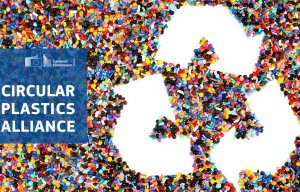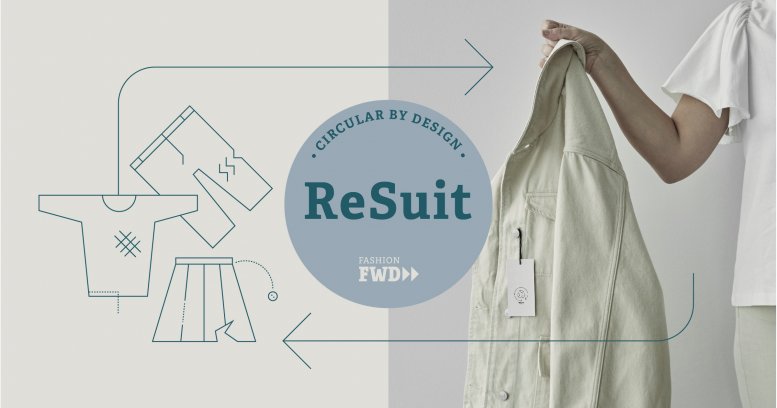
Clariant joins the EU Circular Plastics Alliance
Country’s 85,000 tons of annual textile waste is to be sorted separately from 2022 – ahead of the rest of the EU.

7th May 2021
Innovation in Textiles
|
Denmark
Within the Danish DK13 million project ReSuit – recycling technologies and sustainable textile product design – the suitability of applying hydrothermal liquefaction (HTL) technology for recycling polyester textiles at scale is to be explored.
The process conceivably makes it possible – under the influence of water, heat and pressure – to convert a complex textile stream into oil products that can be used for the production of plastics, fuels or synthetic textile fibres.
HTL is a well-known and robust technology, but it is ground-breaking to apply it to textiles, and companies within the ReSuit project aim to further develop the process for it to be scaled up.
Project member A/S Dansk Shell has already successfully tested the possibility of refining bio-oil products and sees similar opportunities from the recycling of clothing.
In Denmark alone some 85,000 tons of textile waste is generated annually, and from 2022, the country will start sorting it separately – ahead of the rest of the European Union which will do so from 2025.
“Polyester accounts for half of all clothing fibres in the world,” says Anders Lindhardt, of the Danish Technological Institute which is leading the ReSuit project. “We will therefore further develop technology based on chemical recycling to recycle the polyester materials so that they can return to the textile industry.”
The overall objective of ReSuit, which also involves fashion and textile companies Bestseller, Elis and Design School Kolding, as well as recycling technology experts from Aarhus University and Fraunhofer, aim is to establish a more sustainable textile industry in Denmark. At the same time, Naboskab, which specialises in understanding and changing consumer behaviour, will map out options for how consumers can be motivated to act more sustainably.
Disposable cutlery
“Every year, some 100 billion textile units are produced worldwide, and they are to a great extent treated as disposable cutlery,” says Lindhardt. “Materials worth 400 billion euros are lost as we lack the infrastructure and solid recycling technologies on a very large scale. In this project, we are looking to get all textile waste in Denmark into a loop where it can become new textiles or raw materials for other products. If it succeeds, it can become a gamechanger.”
The project will also explore the design of textiles specifically for recycling.
“Circularity is not a stock commodity,” says Camilla Skjønning Jørgensen, sustainable materials and innovation manager at Bestseller. “We need disruptive innovation to create the circular solutions we strive for and it is an enormously complex field. That is why we are working on multiple elements simultaneously, to be able to secure the sustainable fashion pro-duction of the future. With ReSuit, we are part of an ambitious and multifaceted collaboration and Bestseller’s circular design principles come into a meaningful context. If the project manages to develop proper technologies from various knowledge areas, we will see a unified solution with far-reaching potential – not just in Denmark – which is exactly what we are aiming for.”

Business intelligence for the fibre, textiles and apparel industries: technologies, innovations, markets, investments, trade policy, sourcing, strategy...
Find out more